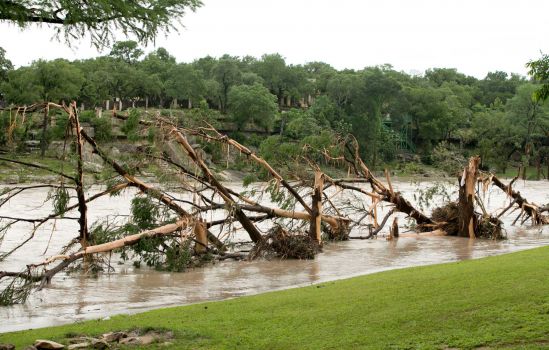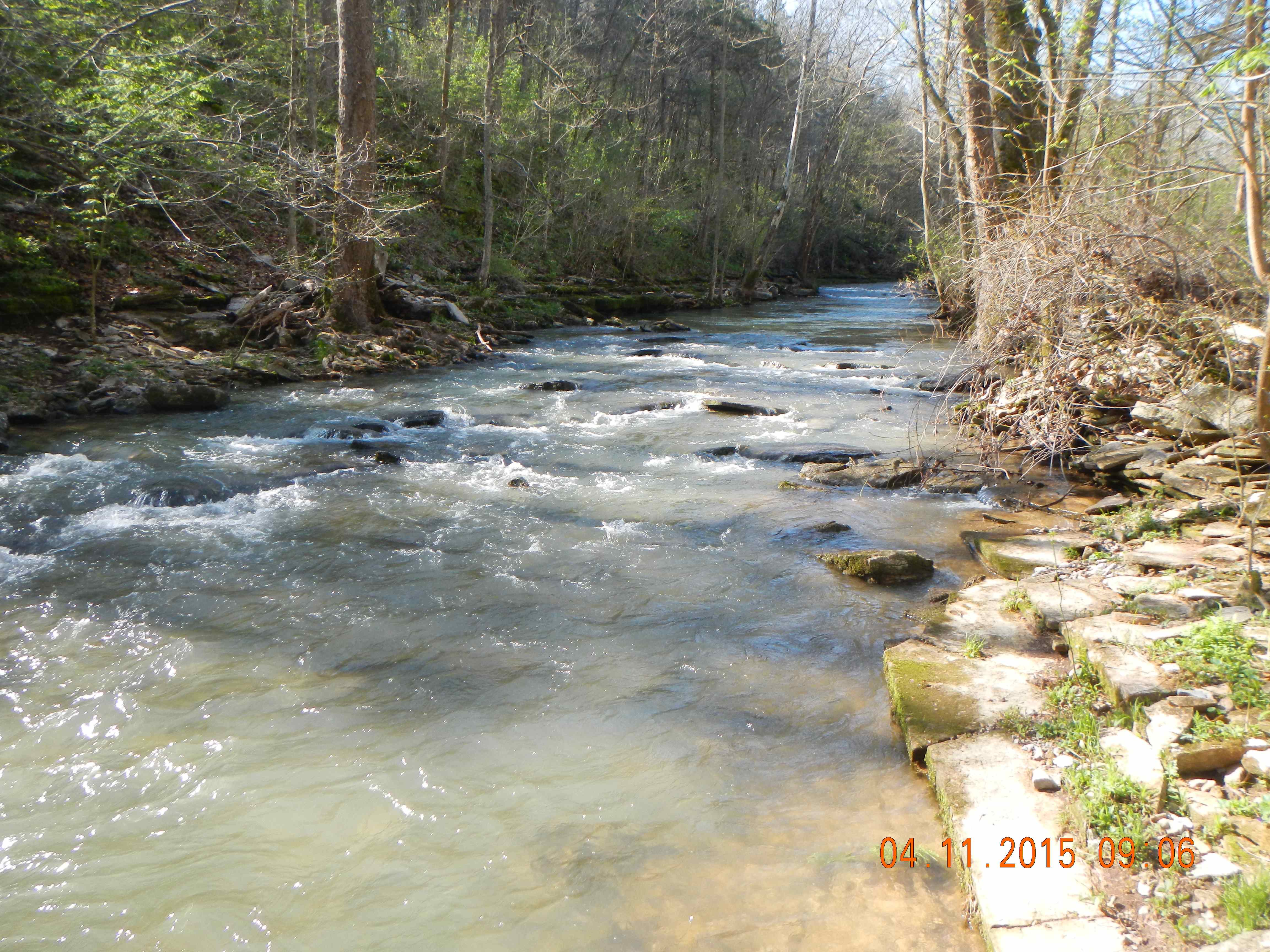In the late 19th and early 20th century, William Morris Davis popularized the concept of the peneplain, an extensive low-relief erosion surface graded to sea level. Peneplains were strongly associated with Davis’ cyclical model of landscape evolution, which fell out of favor with most geomorphologists decades ago. By association, the discussion and study of peneplains also fell out of favor.
But peneplains are making a comeback. This is best illustrated by a report from the Geological Survey of Denmark and Greenland (Green et al., 2013), though the ideas and evidence are also laid out in a number of journal articles by the various co-authors. The report is concerned with development of elevated passive continental margins (think of, e.g., the Great Escarpment of Africa, the eastern Australian highlands, or the main subject of the report, west Greenland). The arguments are strongly dependent on the identification and interpretation of planation surfaces. As these planation surfaces are low-relief, regionally extensive, and are eroded across geological materials of varying resistance, and because the authors present evidence that they were originally graded to sea-level (they were subsequently uplifted), they can be legitimately referred to as peneplains.


